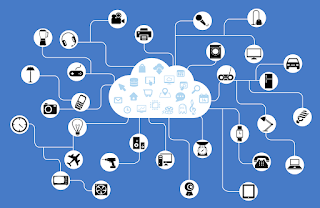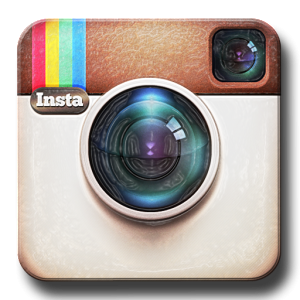Increasing convenience of broadband internet and decreasing prices of internet connection has resulted in an uprise in devices that are being created with Wi-Fi capabilities and sensors designed into them with technology prices dwindling, and smartphone penetration sky-rocketing. All of these things are creating a "perfect storm" for the Internet of Things (IoT).
The Internet of Things being a system of interconnected
computing devices, mechanical and digital machines, objects, animals or humans
that are supplied with distinctive identifiers and therefore the ability to
transfer data over a network while not requiring human-to-human or
human-to-computer interaction with the fantastic thing about it being that
these 'things' or 'devices', usually referred to as "connected" or
"smart" devices, will generally discuss with different connected
devices, a method known as machine-to-machine (M2M) communication, and act on
the knowledge they get from each other.
This ability to send and/or receive data makes things 'smart', and smart is good. To be smart, a 'thing' doesn't need to possess super storage or a super computer inside of it. All a 'thing' needs to do is connect to super storage or to supercomputer.
One vital device or 'thing' are mobile devices and
therefore the generic name for this is known as mobile technology. Mobile
technology is precisely what the name indicates - technology that's portable;
it refers to any device that you can carry with you to perform an array of
"tasks". It's technology that enables those tasks to be performed via
telephone, PDA, vehicles, laptops etcetera.
The hallmarks of mobile technology are its movability, flexibility, simplicity of use and its distinctive ability for integration with different technology systems.
The integration of mobile things into the Internet of
Things brings us to a new concept referred to as the 'Internet of Mobile
Things'(IoMT). Since many game-changing technological advances happened on
'mobile things' like mobile phones, trains, and cars, where rich sets of
sensors connected via various sets of wireless internet technologies, are
dynamical and influencing how individuals communicate, move, and transfer and
distribute information.
In this space, challenges stem from the needs to
determine;
- contextual information like location, length of contact, density of devices, utilizing networked sensory information;
- higher level information like users' activity detection, mood detection, applications usage pattern detection and user interactions on 'mobile things', utilizing contextual information and;
- adaptive and real-time parallel and distributed architectures that integrate context, activity, mood, usage patterns into mobile application services on mobile 'things'. Solving these challenges can provide huge opportunities to boost the utility of mobile 'things', optimizing scarce resources on mobile 'things' like energy, memory, and bandwidth.
To support the development and evolution of the
Internet of Things(IoT), the mobile industry has developed and standardized a
category of dedicated cellular technologies. These Mobile IoT networks support
devices requiring broad coverage, a protracted battery life and low cost, yet
secure, connectivity across both rural and urban location. Mobility of digital
devices like phones and vehicles has been with us for a few time, however
because the range of sensors in mobile devices will continually decrease, the
density of mobile devices will increase, and users' reliance on mobile devices
will increase, mobile things become substantially an integral fabric of our
smart environment.
In the concluding part of this post, our goal is to
discuss challenges, selective designs and implementations of IoMT. We show the
influence and effect of mobility and what care we all have to take when
outlining and designing the next generation of smart environments with mobile
things integral to them.
Remember, the new rule for the future is going to be,
"Anything that can be connected, will be connected!".










No comments :
Post a Comment